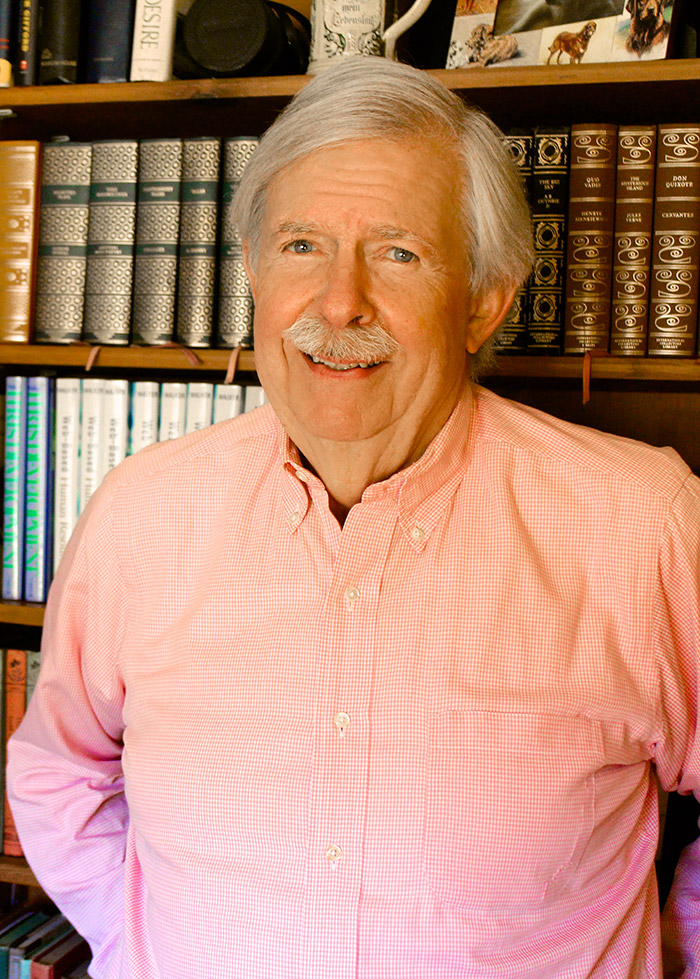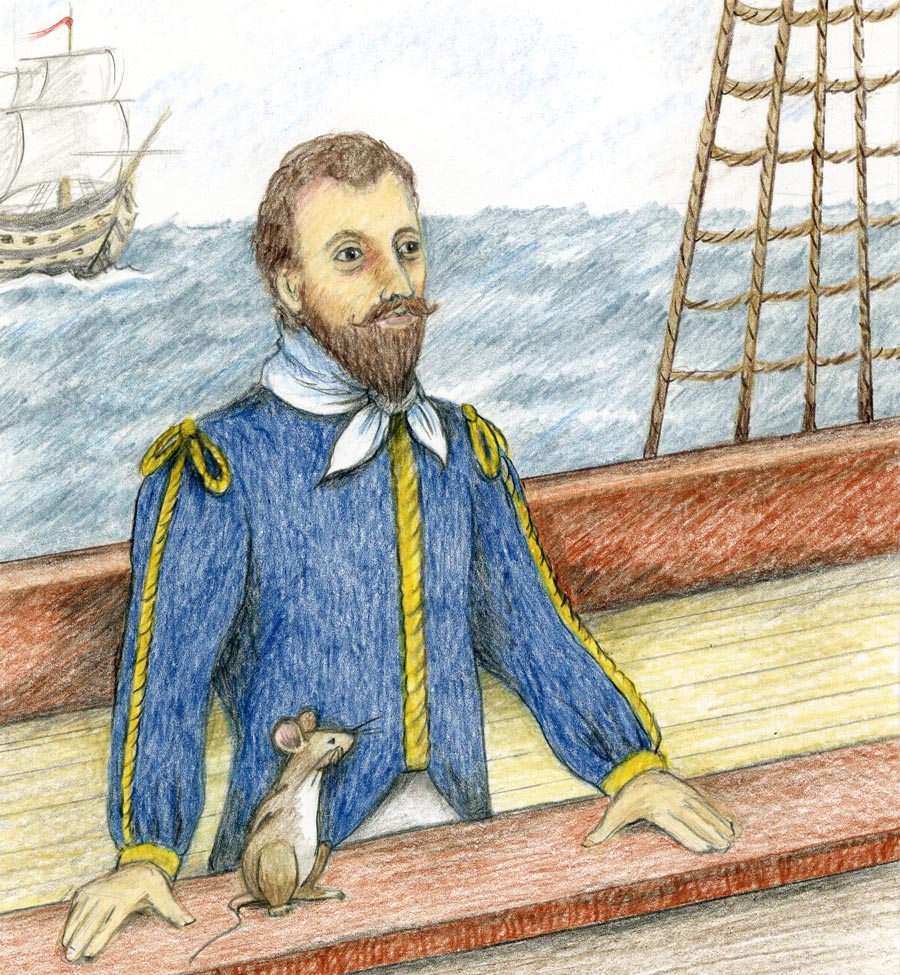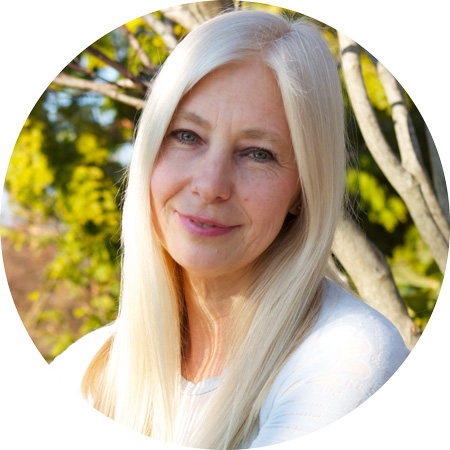In this edition of The Writer’s Journey, CWG Online Editor-in-Chief Sheila Wright is pleased to interview long-time CWG member and author, Alfred Walker!

Alfred Walker
Alfred Walker, Director of Services for PathLight Partners, is a well-known consultant, author, and speaker in the management-consulting field. He is a member of the Children’s Writers Guild and the SCBWI, and holds a BS from Fordham University, MBA in Economics from Seton Hall University and post-graduate work in Operations Research at The Wharton School. While at Bell Laboratories, Mr. Walker led the team that built the first Human Resource System in the U.S and assisted in its design and programming.
Welcome to the Writer’s Journey, Al!
AlfredThank you Sheila for inviting me to chat with you about my work here on CWG Online.
SheilaI like to start off interviews by asking writers how they came to write for children. How did you transition from writing technical articles and books in computer technology to writing children’s stories?
AlfredWell the path took a while, that’s for sure. It seems I have been telling stories my whole life. I was the eldest of four sons, and I recall making up stories for my younger brothers in the bed next to mine to calm them down and make them laugh. I was probably no more than eight or nine at the time. When I had children of my own, then nephews, and finally grandchildren, the stories continued, and new characters were introduced, including Seymour the Mouse.
With technical books, I found myself writing about my professional work which requires a different view of the world – reality – I wrote about what I did every day. With those texts I set forth the guiding principles of how to build new computer systems, how to build a project team, how the Internet affects computer applications, that sort of writing.
Fiction is so different. The writer does still have to do research, yes, but so much of it comes straight out of your head. Characters have to be created and introduced, plots developed, drama added. One needs to begin and end chapters with lines that draw the reader in and compel him or her to pick up the book the next time. That was a new craft for me, and I enjoyed it immensely.
SheilaI know that you and I share a love of history, and one of the aspects of your book that I like so much is its connection to British history and Sir Francis Drake. Would you tell us a little bit about the story and how you came to pick this period as your theme?
AlfredNext to the Romans, the British Empire was arguably the most expansive the world has ever known. It covered territories from the Far East to North America. What was amazing was the people of England were able to conquer so many lands, and fight off more populated and larger countries such as France and Spain in doing so. Their military prowess and determination to win in battle was to be admired, even more so because they are an island nation; their naval superiority was an essential component of their ability to rule. Sir Francis Drake became a hero by helping defeat the Spanish Armada in 1588, one of the most important battles of recorded history. I felt that melding that English Navy experience while putting Sir Francis Drake at the helm of a fighting ship would be an inviting story setting; provided I could add some action scenes to hold the readers interest.
SheilaHow did your own love of sailing influence your writing of the story? You provide a wonderful glossary of nautical terms at the end of the book, which I found very educational. In what ways did research enter into the writing of the story––I know that historic fiction can be tough to write because the writer really does need to be as accurate as possible about the language, customs, events, etc., of the time.
AlfredSailing has been one of my favorite pastimes since I was a teenager, and I love to sail on Nantucket Sound in Massachusetts, where I keep my boat. Over the years I have read countless sea stories as well as books about navigation. Some of the best-known British Navy stories include the Horatio Hornblower series, by C.S. Forester, and Patrick O’Brian’s books about Jack Aubrey, of Master and Commander fame.
These books are extremely well written, but they are set in the Napoleonic Era of 1795-1815, when England was part of the United Kingdom. My book is set two hundred years prior to that, when there was no UK; it was just England fighting for Queen Elizabeth. I checked out as closely as possible historical facts, such as the uniforms that the English and Spanish sailors wore; what the ships’ flags and cannons looked like at the time; what the ships designs were; when and where Drake really did sail. I contacted and visited naval museums as well as art galleries, and sought out publications here and in England, to be as accurate as I could.
SheilaYour background includes textbooks published mainstream, but Mutiny and the Mouse was independently published and illustrated by a local artist. Why did you decide to go independent over mainstream? Is independent publishing something that you would recommend to other writers?
AlfredYou are correct Sheila, my three text books were published by Van Nostrand Reinhold (now out of business) and the second two by McGraw-Hill, which does not handle children’s fiction. So I had no access to these larger houses for my book. When I had a suitable draft manuscript, I checked out literary agents to help land a mainstream publisher, as no publishing house would answer a direct solicitation. I sent over 90 query letters (some with selections of my book when asked for) to agents and was either turned down cold or had no response at all. I also attended the BEA conference in NY, went to a “First Page” session in Princeton, and talked to many writers who were published. This covered a time period of almost a year. However, with no success on the horizon, and knowing the odds I was facing of finding a good quality publishing house, I finally decided that the only way my book was going to see the light of day was to publish it myself.
I would definitely suggest to other children’s writers that they seek out this avenue if they have the same experience as I had, but first take a few steps to acquaint themselves with the area. To get a quick education, I viewed many Internet self-publishing sites and contacted a bunch of companies directly to see what they could do for me. Then I estimated what the costs would be for my book, given the number of pages, the type and number of illustrations, and the desired number of copies. Caution: if you Google “Self-Publishing”, you get over 150,000,000 hits. The more prominent sites I searched included: AuthorHouse, Author Solutions, SelfPublishing.com, Instant Publisher, Lightning Source, Publishing Basics, Writing World, LULU, Smashwords, Outskirts Press, and Amazon.com.
Then, to be able to compare what they offered, I had to learn a bit about the publishing business itself, just so I would be able to talk reasonably intelligently about what I really needed and what my options were. I needed to know more about things like editing, i.e. whether they offered that service and what they charged, designing a cover, copyright issues, printing quantities, pricing, obtaining reviews, and page counts. I searched out the gurus, like Dan Poynter, Ron Pramschufer, Marilyn Ross and Sue Collier, and considered their advice.
SheilaWhat do you see as the pluses and minuses of independent publishing? Would you do anything differently the second time around?
AlfredThe self-publishing world has mushroomed in the past several years, due to the growth of the digital age, primarily the internet and e-books. Bowker Market Research, which is a primary source for how many books are published, reported that 211,000 self-published titles were released in 2011 in print or e-books, an increase of almost 60 percent over 2010. The sad realization, though, is that almost all of these books sell only between 100 and 150 copies, basically the author’s own purchases. So it’s a low barrier to entry, but very few make any money doing it. However, your book is out there. It cost you some money, but you have a book in print. So far, given the changing nature of the book publishing business, I would not do anything very differently.
SheilaThis book is the first in a planned series of Seymour adventures, so where do you see our little friend heading off to in the future? Should we expect to see him encounter other historic figures?
AlfredIt is very enticing to do another historical fiction story, but I probably won’t with the second book. Seymour is of course “my guy”, but the noble and brave mouse who continues the adventures is a lineal descendant of the original Seymour, the one introduced in “Mutiny”. I have a manuscript that is about half finished and it is set in the present time, but as authors know, the editing process must take its turn, so there are many re-writes facing me.
SheilaA great deal of work has to be done before a book is ready for publication. How did the critique process help you towards your goals?
AlfredAh, back to the re-write issue. As I was not familiar with the fiction writing process when I started this book, the points made above of the differences between non-fiction and fiction became clear when I joined the CWG Bridgewater Critique Group and submitted my first, and then my second chapters for critique. Looking back on it now, I realize how this group of Guild members provided some essential feedback in a helpful, nonjudgmental manner, including:
- Not enough dialogue – too much narrative explanation by author
- Finding editing mistakes – double, triple use of the same word in a sentence or a paragraph
- Citing the POV – who is talking here?
- The text needs more character development, e.g., is there a weakness the hero must overcome? Enemies that he must deal with?
- To make it interesting the story requires more drama
- Add some more suspense to keep the reader engaged
- Where is this story going? One should keep the plot moving along, and build to the end
- Where’s the mouse in this chapter? It’s all about the Mouse!
- Language is too formal, dated
So I went back, edited and revised – over and over, adding plot, inserting drama where I could, getting some supporting characters into the story, trying to build to a suitable climax.
SheilaWhat advice would you give readers towards promoting their book should they decide to independently publish it?
AlfredI am in that process now, examining marketing and promotion options. For sure, open a Facebook page for your book, and a Web site, and tie them together. To build sales, you must drive traffic to both of these. My printed book is available for sale on Amazon.com as is my Kindle version, but how will people find it? That is promotion. I am exploring author signings, seeking out author’s blogs, reaching out to schools and sailing clubs to see if they are interested. Perhaps I will go back to some of the agents who turned me down to see if they might be more inclined to send my book on to a publisher, but they will no doubt want to see a great number of sales, which I do not have at this point.
SheilaWhat’s been the best part of holding your finished work in your hands?
AlfredA sense of satisfaction that your ideas are in print for others to read.
SheilaI hope that you will come back for a second visit once the next book in the series is finished. But before we say goodbye––as part of “The Writer’s Journey,” I oftentimes like to ask writers a little about their own reading habits and preferences. Here goes:
Sheila
1) What advice would you give aspiring writers?
AlfredDon’t give up on your dreams, and don’t be afraid of putting your book out there to be published. Some artists and writers appear to be hesitant to show others their work, perhaps for fear of being judged. Be a little more brave!
Also, edit it to death, but at some point don’t be afraid to let it go. Keeping it on your desk doesn’t get it out there.
Sheila
2) Who are some of your favorite writers and illustrators? Why?
AlfredAny great storytellers; Victor Hugo, Charles Dickens, James Michener, Hemmingway, even mystery writers such as Raymond Chandler, Donna Leon, Robert B. Parker, and Michael Connelly. These authors, at least for me, capture the feeling of time and place better than others. You are in Paris with Hugo; London with Dickens; or Los Angeles 50 years ago with Chandler.
I don’t have a favorite illustrator per se. I am envious of the talent that I don’t possess. Jeanne Balsam did a fine job on my book, and my son-in-law Ron Hess is a very talented artist.
Sheila
3) What are some of your favorite children’s books? Why?
AlfredAlmost all of Dr. Seuss’s books are fantastic. I have to include Charlotte’s Web, Winnie the Pooh, The Little Engine that Could, and Roald Dahl’s books, just to name a few.
Children love fantasy and the great books for children put they young reader in that place of escape that they seek.
Sheila
4) What is your favorite opening or closing line of a piece of children’s literature?
AlfredI think it’s a tie for opening line between; “Where’s Papa going with that Ax”? , and “Here is Edward Bear coming downstairs now, bump, bump, bump…”
SheilaThank you Al Walker for being our guest on “The Writer’s Journey.” We wish you great success with your book series!
AlfredGlad to participate and I’ll let you know how Seymour makes out in the next book.
See you next time on The Writer’s Journey!



 Sheila Wright
Sheila Wright 
Sheila Hello Al, and welcome to “The Writer’s Journey.” You are one of the original members of CWG, and it is a pleasure for me to introduce you to our readers and to share the exciting news of your book Mutiny and the Mouse: Seymour in the Pacific.